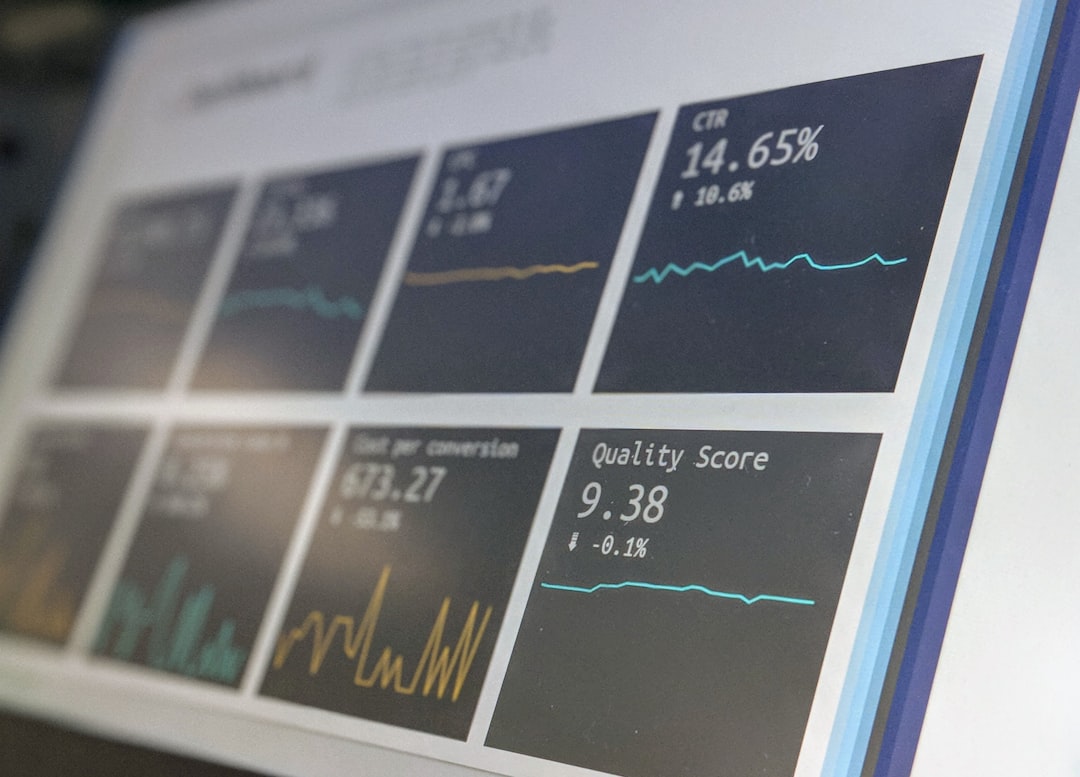Unlocking Insights: Building a GA 4 Data Model for Daily Traffic, Transactions, and Revenue by Channel Grouping in BigQuery
In the ever-evolving landscape of digital marketing, understanding your website’s performance is crucial. Google Analytics 4 (GA4) provides a robust framework for tracking user interactions, but to truly harness its power, you need to create a well-structured data model. This blog post will guide you through building a GA4 data model in BigQuery that captures daily traffic, transactions, and revenue by channel grouping. By the end, you’ll have a comprehensive data model that will help you make data-driven decisions.
Introduction to GA4 and BigQuery
Google Analytics 4 (GA4) is the latest version of Google Analytics, designed to provide a more holistic view of user interactions across different platforms. BigQuery, on the other hand, is a fully-managed, serverless data warehouse that enables super-fast SQL queries using the processing power of Google’s infrastructure. Combining GA4 with BigQuery allows you to perform complex analyses and gain deeper insights into your data.
Setting Up Your GA4 Data Model
Before diving into the technical details, let’s outline the key components of our data model:
- Daily Traffic
- Transactions
- Revenue by Channel Grouping
Step 1: Exporting GA4 Data to BigQuery
To start, you need to export your GA4 data to BigQuery. This can be done through the GA4 interface:
- Go to your GA4 property.
- Navigate to Admin > Data Streams.
- Select the data stream you want to export.
- Under BigQuery Links, click on ‘Link BigQuery.’
- Follow the prompts to link your GA4 property to a BigQuery dataset.
Step 2: Creating the Data Model
Once your data is in BigQuery, you can start creating your data model. We’ll use SQL to query the data and create views that represent our key components.
Daily Traffic
To capture daily traffic, we need to aggregate user interactions by date. Here’s a sample SQL query to create a view for daily traffic:
CREATE OR REPLACE VIEW `project.dataset.daily_traffic` ASSELECT DATE(date) AS date, COUNT(DISTINCT user_pseudo_id) AS unique_users, COUNT(event_name) AS total_eventsFROM `project.dataset.events_*`WHERE _TABLE_SUFFIX BETWEEN '20230101' AND '20231231'GROUP BY dateORDER BY date;
Transactions
To capture transaction data, we need to filter for ecommerce purchase events and aggregate them by date. Here’s a sample SQL query to create a view for transactions:
CREATE OR REPLACE VIEW `project.dataset.transactions` ASSELECT DATE(date) AS date, COUNT(DISTINCT transaction_id) AS total_transactions, SUM(ecommerce.purchase_revenue_in_usd) AS total_revenueFROM `project.dataset.events_*`WHERE event_name = 'purchase' AND _TABLE_SUFFIX BETWEEN '20230101' AND '20231231'GROUP BY dateORDER BY date;
Revenue by Channel Grouping
To capture revenue by channel grouping, we need to join the transaction data with the channel grouping data. Here’s a sample SQL query to create a view for revenue by channel grouping:
CREATE OR REPLACE VIEW `project.dataset.revenue_by_channel` ASSELECT DATE(date) AS date, channel_grouping, COUNT(DISTINCT transaction_id) AS total_transactions, SUM(ecommerce.purchase_revenue_in_usd) AS total_revenueFROM `project.dataset.events_*`WHERE event_name = 'purchase' AND _TABLE_SUFFIX BETWEEN '20230101' AND '20231231'GROUP BY date, channel_groupingORDER BY date, channel_grouping;
Analyzing the Data
With your data model in place, you can now perform various analyses to gain insights. For example, you can compare daily traffic trends, identify peak transaction days, and understand which channels are driving the most revenue.
Conclusion
Building a GA4 data model in BigQuery is a powerful way to gain deeper insights into your website’s performance. By capturing daily traffic, transactions, and revenue by channel grouping, you can make data-driven decisions that improve your marketing strategies. Remember to regularly update your data model to ensure it reflects the latest trends and changes in your data.
For further reading, you can refer to the following resources:
